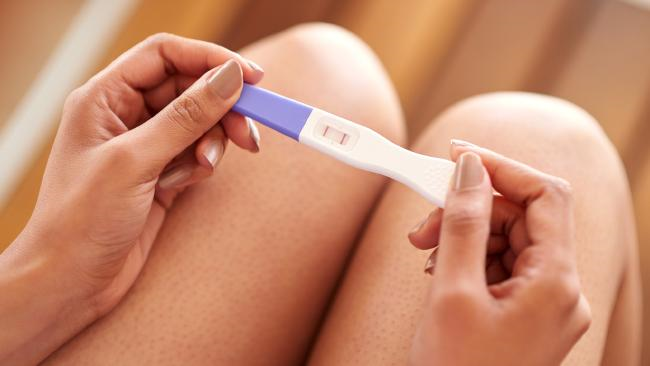Clomid (clomiphene citrate) is a medication that is commonly used for the treatment of infertility. It is used to induce ovulation in women that do not develop and release an egg (ovulate) such as women with Polycystic Ovarian Syndrome (PCOS).
How does Clomid work?
Clomid works as an “anti-oestrogen” . It binds to oestrogen receptors in the brain and blocking the ability of oestrogen to bind to those receptors.
The brain then thinks that oestrogen levels are very low so it releases GnRH hormone which stimulates the release of follicle stimulating hormone (FSH). The function of FSH is to stimulate the development of a mature follicle in the ovary.
Women who do not ovulate regularly will often ovulate after taking Clomid. 80% of women that are not ovulating “on their own” will ovulate on Clomid at some dosing level and about half of the women that ovulate will get pregnant
How long does it take to ovulate using Clomid?
On the average, ovulation occurs 7-10 days after completing a course of Clomid. This varies quite a bit, depending on whether the woman ovulates regularly on her own or not.
Timing intercourse after Clomid treatment
There is no perfect “ovulation calculator” to use with Clomid. It is best to have intercourse on the day of ovulation possible. The trick is to figure out what day that is.
Some women use Urine ovulation predictor kits with Clomid cycles to time their sex. These kits are available at pharmacy and supermarkets. The LH surge in the bloodstream begins 12 hours prior to ovulation
The ovulation prediction kit test is usually done once daily and when it turns positive then sex either the same day or the next morning is the best for fertility.
Couples often ask “when should we have intercourse, and how often” in order to get pregnant.?
Sex once on the day of ovulation should be good enough. However, if the ovulation day is not certain, then intercourse every other day around the time of ovulation is a good option. If sperm is normal it should live in the reproductive tract of the female for 3 to 5 days.
The egg has a life span of only 12 to 24 hours. Therefore, intercourse a day or two before ovulation should be fine.
Ovulation generally occurs about 14 days prior to the onset of the next menstrual period. Therefore, when the menstrual cycle length is known for the woman typical Clomid cycle, then intercourse can be timed to fall about 12 – 16 days prior to the “expected” date for the next period.
For example, if the woman has a 32-day cycle length on Clomid, then she is probably ovulating on about day 18. A good plan for having intercourse would be to have sex on about days 16, 18 and 20.
Monitored Clomid cycles using follicle ultrasound scans and blood hormone levels
Your doctor will monitor the development of follicles with ultrasound scans with or without monitoring blood hormones during clomiphene treatment cycles
Ultrasound and blood testing during Clomid cycles will also show us when no mature follicles are developing in response to the medication. In those cases, we know that we will need to try a higher dose of Clomid or move on to another form of therapy.
When follicle scans are used with Clomid along with an HCG injection, the ideal follicle size for getting mature eggs is about 18 to 30 mm diameter at the time of the hCG injection.

Costs of Clomid medication and Clomid treatment cycles
Clomid is not expensive and it is listed on Pharmaceutical Benefits Scheme (PBS).
Clomid and twins and higher order multiple pregnancies
One large study of Clomid use showed that pregnancies were: 92% singletons; 7% twins and 0.5% triplets
